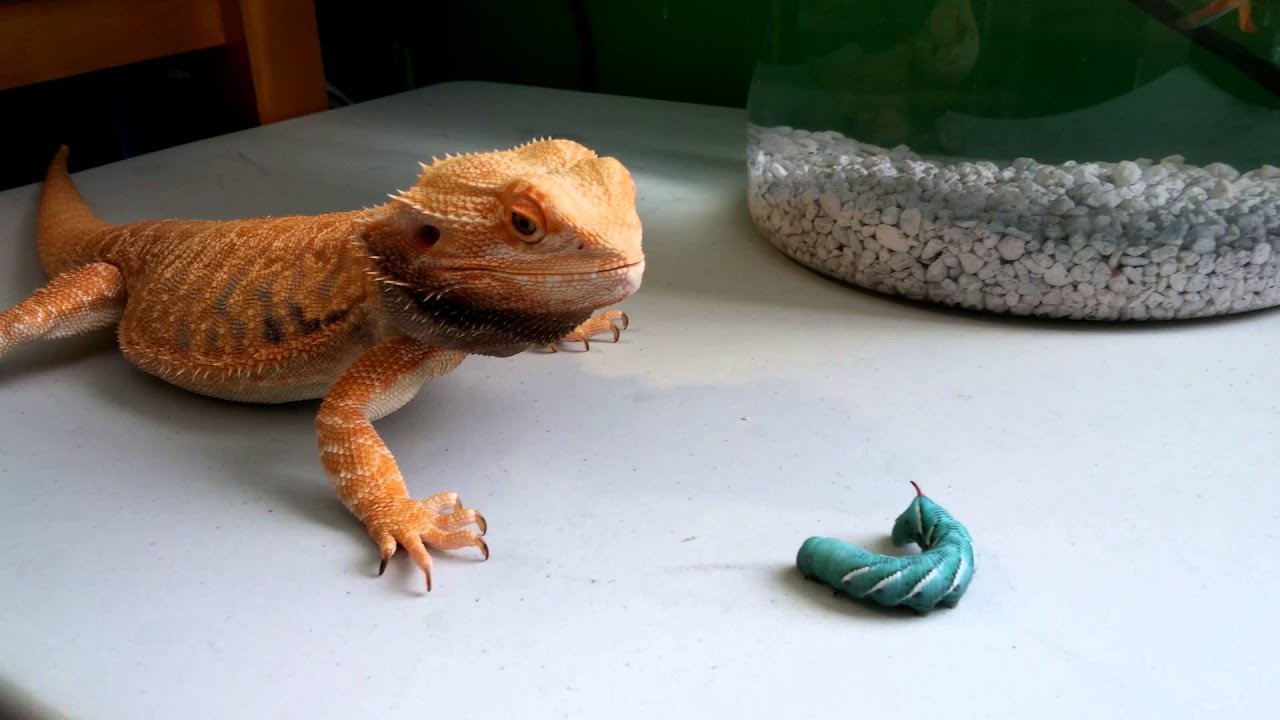

Articles
How To Store Hornworms For Bearded Dragons
Modified: December 7, 2023
Learn the best methods to store hornworms for your bearded dragons in this comprehensive article. Ensure your pet's nutrition and care with expert tips and guidance.
(Many of the links in this article redirect to a specific reviewed product. Your purchase of these products through affiliate links helps to generate commission for Storables.com, at no extra cost. Learn more)
Introduction
Bearded dragons are fascinating reptiles that require a well-balanced diet to thrive. One of the staple foods in their diet is hornworms. These plump and nutritious insects are a great source of protein and hydration for your bearded dragon. However, hornworms have a relatively short lifespan and need to be stored properly to ensure their freshness and longevity.
In this article, we will guide you through the process of storing hornworms for your bearded dragon. We will discuss the supplies you need, how to create the ideal environment for storing hornworms, and provide step-by-step instructions to ensure your hornworms stay healthy and nutritious for your pet.
Properly stored hornworms not only provide a nutritious meal for your bearded dragon but also save you time and money by prolonging their lifespan. So, let’s dive in and learn how to store hornworms effectively!
Key Takeaways:
- Ensure the longevity of hornworms for your bearded dragon by creating an ideal environment with proper temperature, humidity, and ventilation. Regular monitoring and maintenance are key to providing nutritious prey.
- Feeding hornworms to your bearded dragon? Size matters! Monitor feeding, gut-load the hornworms, supplement with calcium, and observe feeding habits to ensure a balanced and healthy diet.
Supplies Needed for Storing Hornworms
Before you start storing hornworms for your bearded dragon, it’s essential to gather the necessary supplies. Having the right equipment ensures that the hornworms stay healthy and maintain their nutritional value. Here are the supplies you’ll need:
- Hornworm container: You’ll need a container specifically designed for storing hornworms. Look for a container with sufficient ventilation to ensure proper airflow, preferably one that is clear or see-through so you can monitor the hornworms easily.
- Substrate: Choose a suitable substrate for the bottom of the hornworm container. A popular option is a moist paper towel or a reptile-safe substrate designed for insect habitats.
- Food: Hornworms require food to sustain their growth and stay healthy. Prepare fresh food for them, such as hornworm chow or fresh mulberry leaves, which are the preferred diet for hornworms.
- Mister or spray bottle: A mister or spray bottle filled with water is essential for moisturizing the substrate and maintaining the desired humidity levels in the hornworm container.
- Thermometer: You’ll need a thermometer to monitor the temperature inside the hornworm container. Maintaining the proper temperature is crucial for the well-being of the hornworms.
- Lighting: If you plan to keep the hornworms for an extended period, consider providing a source of artificial lighting, such as a low-wattage bulb, to mimic natural sunlight.
By having these supplies ready, you’ll be well-prepared to create a suitable environment for storing hornworms and ensuring their optimal health and nutrition for your bearded dragon.
Creating the Ideal Environment for Storing Hornworms
Creating the ideal environment for storing hornworms is crucial to their well-being and longevity. By replicating their natural habitat, you can ensure that the hornworms stay healthy and provide optimal nutrition for your bearded dragon. Here are some important factors to consider:
- Temperature: The ideal temperature for hornworms is between 75-85°F (24-29°C). Use a thermometer to monitor the temperature inside the container and make adjustments as needed.
- Humidity: Hornworms thrive in a humid environment. Aim for a humidity level between 60-80%. Use a mister or spray bottle filled with water to moisten the substrate and maintain the desired humidity levels.
- Lighting: Providing a source of artificial lighting can help regulate the hornworms’ circadian rhythm and mimic their natural light cycle. Use a low-wattage bulb with a timer to provide them with a consistent day and night cycle.
- Ventilation: Proper airflow is crucial to prevent mold and maintain fresh air inside the container. Choose a container with sufficient ventilation or create small holes in the lid of the container to ensure proper airflow.
By maintaining the ideal temperature, humidity, lighting, and ventilation, you can create a comfortable and healthy environment for the hornworms. This will ensure their overall well-being and provide your bearded dragon with nutritious and fresh prey.
Store hornworms for bearded dragons in a well-ventilated container with a lid, lined with paper towels. Keep them at 55-60°F to slow their growth and extend their lifespan.
Steps for Storing Hornworms
Now that you have the necessary supplies and have created the ideal environment, it’s time to proceed with storing the hornworms for your bearded dragon. Follow these steps to ensure the best care for your hornworms:
- Prepare the container: Clean the hornworm container thoroughly with warm water and mild soap. Rinse it well to remove any residue. Ensure that the container is dry before proceeding.
- Add substrate: Line the bottom of the container with a suitable substrate like moist paper towels or reptile-safe substrate. The substrate should be moistened with water to maintain the desired humidity level.
- Place the hornworms: Carefully transfer the hornworms to the container. Make sure they have enough space to move around comfortably. Avoid overcrowding to prevent stress and cannibalism among the hornworms.
- Provide food: Place fresh hornworm chow or mulberry leaves in the container. The hornworms will feed on this food source to sustain their growth and maintain their nutritional value.
- Maintain temperature and humidity: Use a thermometer to monitor the temperature inside the container. Make sure it stays within the recommended range of 75-85°F (24-29°C). Use a mister or spray bottle to maintain the desired humidity level by moistening the substrate.
- Monitor and clean: Regularly check the hornworms for any signs of illness or mold. Remove any uneaten food or waste from the container to maintain a clean and healthy environment. Clean and replace the substrate as needed.
By following these steps, you can ensure that the hornworms are stored in an optimal environment. Regular monitoring, maintenance, and proper care will promote their health and longevity, providing a nutritious food source for your bearded dragon.
Tips for Feeding Hornworms to Bearded Dragons
Feeding hornworms to your bearded dragon can be a rewarding and healthy addition to their diet. Here are some tips to ensure a successful feeding experience:
- Size matters: Consider the size of the hornworm in relation to your bearded dragon’s size. It is recommended to feed hornworms that are about the same width as the space between your dragon’s eyes. This ensures a manageable meal size for your pet.
- Monitor feeding: While hornworms are a great source of nutrition, it’s important to feed them in moderation. Avoid overfeeding your bearded dragon with hornworms, as it can lead to weight gain and potential health issues. Offer hornworms as part of a varied diet that includes other insects and vegetables.
- Gut-load the hornworms: Before feeding the hornworms to your bearded dragon, provide them with nutritious food to enhance their nutritional value. You can gut-load the hornworms by feeding them high-quality vegetables, such as leafy greens, carrots, and squash. This will pass on extra nutrients to your dragon when they consume the hornworms.
- Supplement with calcium: Dusting the hornworms with a calcium supplement is essential to ensure your bearded dragon gets enough calcium in their diet. Calcium is crucial for their bone health and overall well-being. Use a reptile-specific calcium supplement and lightly coat the hornworms before offering them to your dragon.
- Observe feeding habits: Pay attention to how your bearded dragon eats hornworms. Some dragons may prefer to chase and actively hunt their prey, while others may need encouragement or hand-feeding. Observe your dragon’s behavior and cater to their feeding preferences to ensure they eat an adequate amount.
- Age considerations: Baby bearded dragons may have a harder time digesting larger hornworms. Consider the age and size of your dragon when offering hornworms, and adjust the size accordingly to prevent any digestive issues.
By following these tips, you can ensure that your bearded dragon receives the proper nutrition and enjoys feeding on hornworms. Always prioritize a balanced diet and consult with a reptile veterinarian if you have any concerns about your dragon’s feeding habits or health.
Read more: How To Make A Bearded Dragon Hammock
Conclusion
Storing hornworms for your bearded dragon is a vital part of ensuring their health and nutrition. By following the steps outlined in this article and providing the ideal environment, you can prolong the lifespan of the hornworms and offer your pet a consistent source of fresh and nutritious prey.
Remember to gather the necessary supplies, including a suitable container, substrate, and food for the hornworms. Creating the ideal environment involves maintaining the right temperature, humidity, lighting, and ventilation. These factors play a significant role in the well-being of the hornworms.
Once the hornworms are stored, it’s essential to monitor their condition regularly. Maintain appropriate temperature and humidity levels, and provide fresh food to ensure they stay healthy until feeding time. Keeping the container clean and removing any uneaten food or waste helps maintain a clean environment for the hornworms.
Additionally, when feeding hornworms to your bearded dragon, consider their size and moderation. Gut-load the hornworms with nutritious vegetables, supplement with calcium, and observe your dragon’s feeding habits to ensure they eat the appropriate amount.
By implementing these practices, you can provide your bearded dragon with a varied and well-rounded diet, contributing to their overall health and well-being. Always consult with a reptile veterinarian if you have any specific concerns regarding the diet or care of your bearded dragon. With proper care and attention, your bearded dragon will thrive on a diet supplemented with nutritious and delicious hornworms.
Frequently Asked Questions about How To Store Hornworms For Bearded Dragons
Was this page helpful?
At Storables.com, we guarantee accurate and reliable information. Our content, validated by Expert Board Contributors, is crafted following stringent Editorial Policies. We're committed to providing you with well-researched, expert-backed insights for all your informational needs.
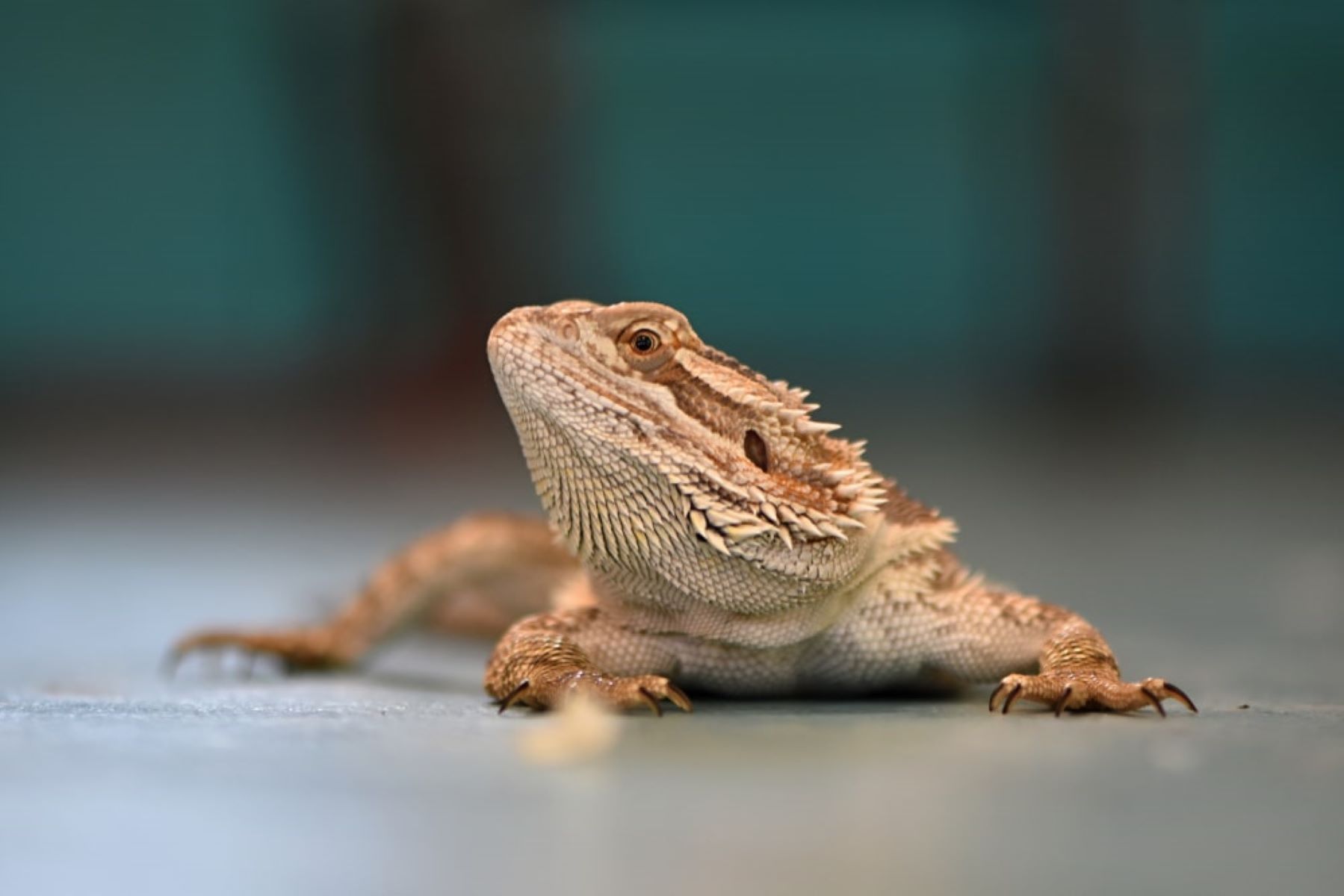
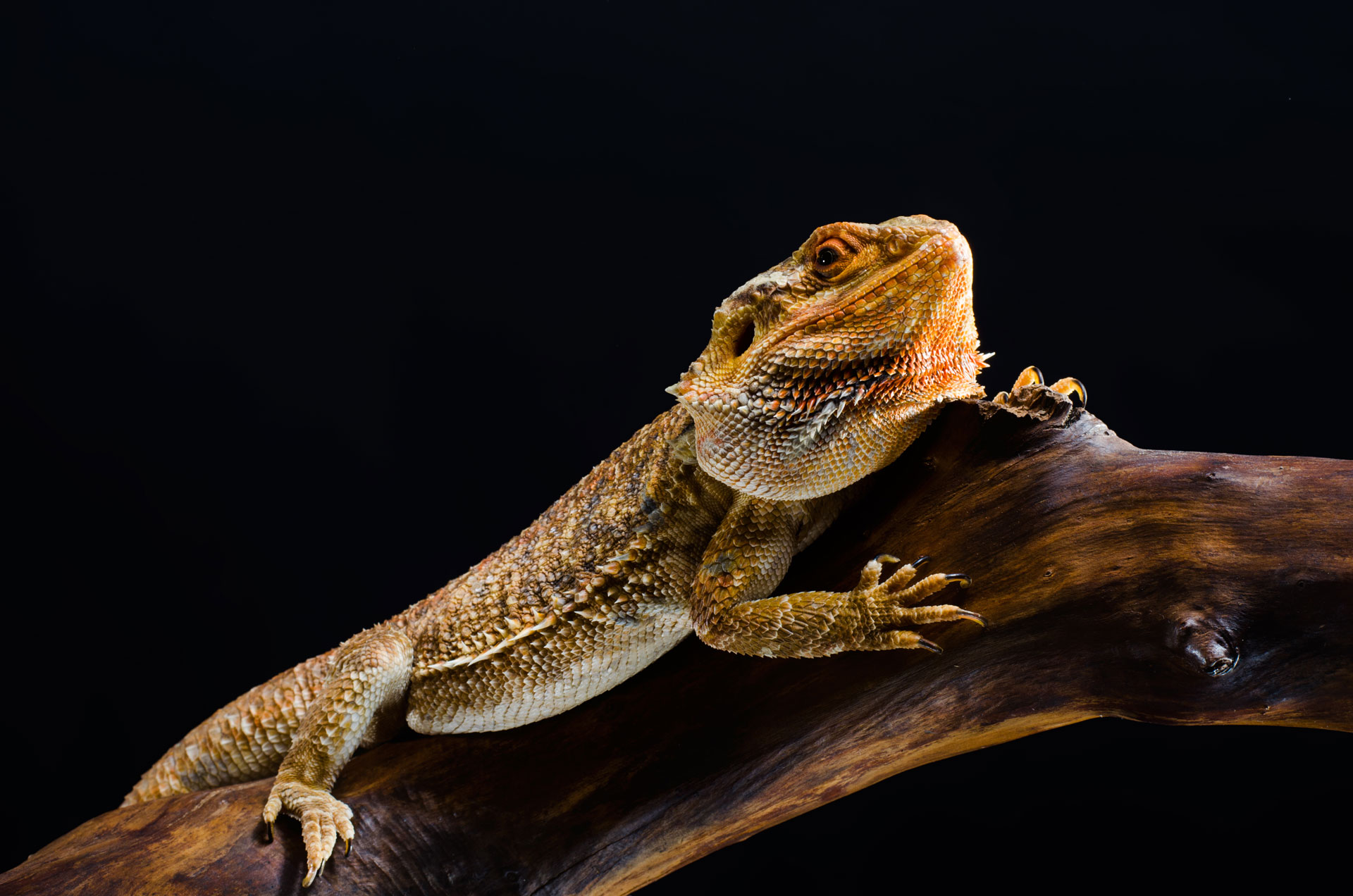
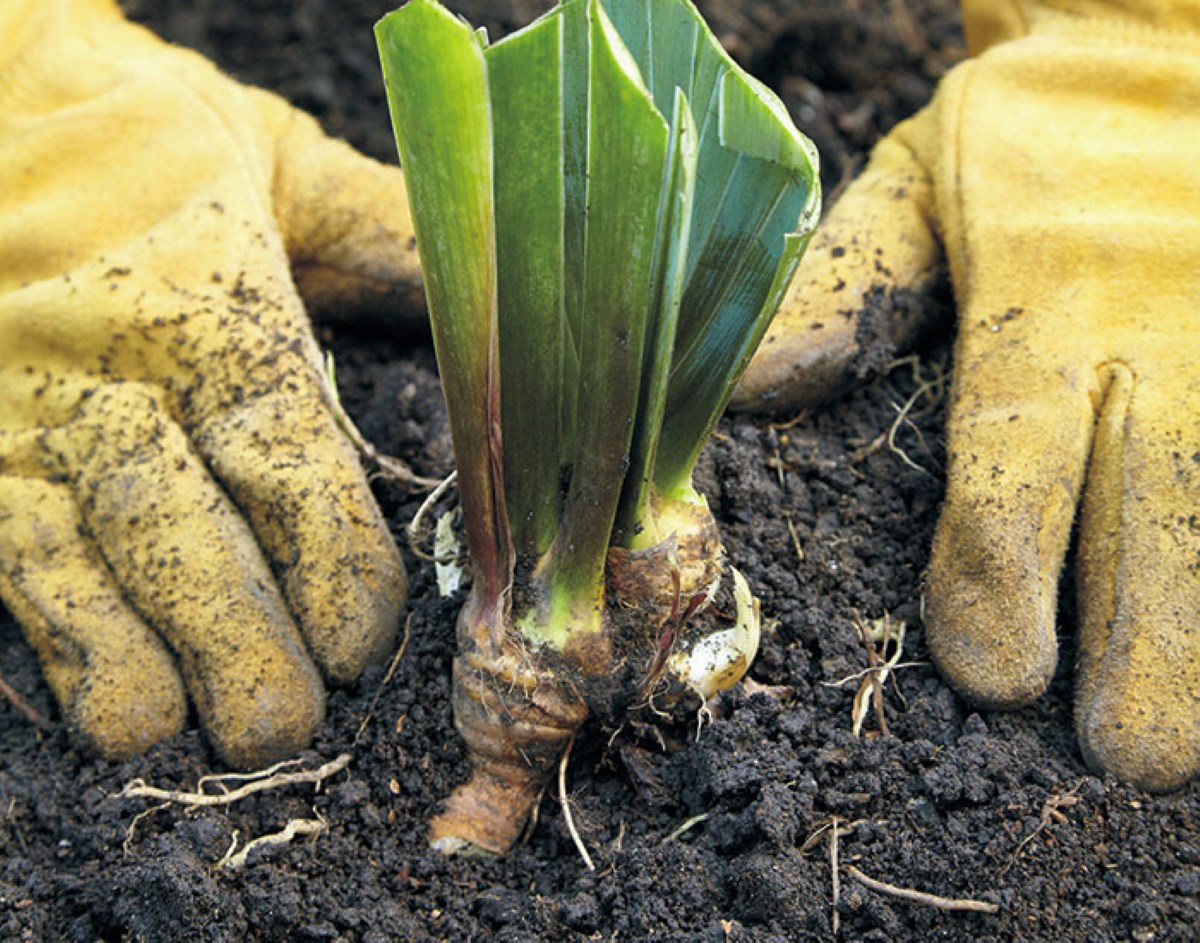



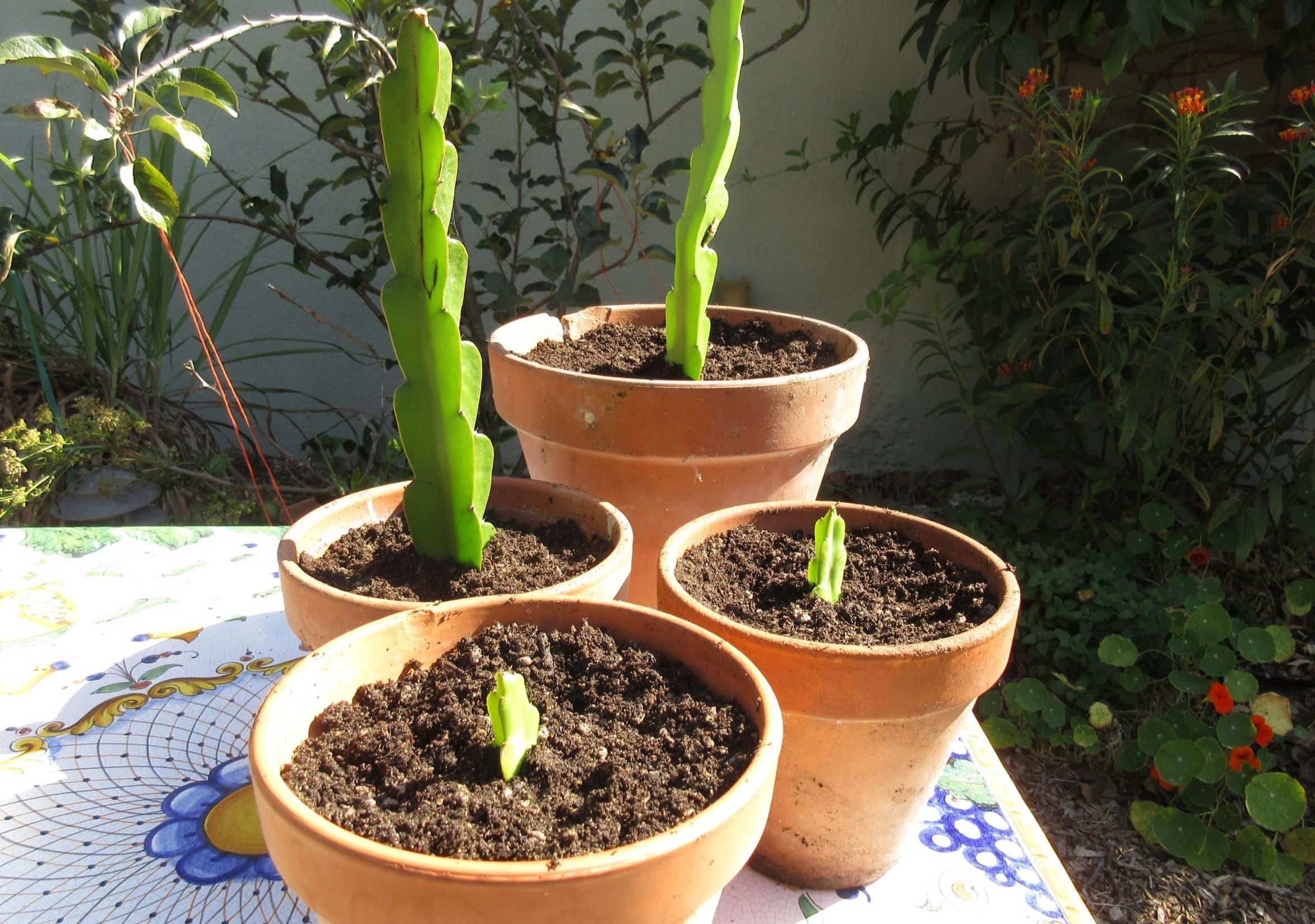
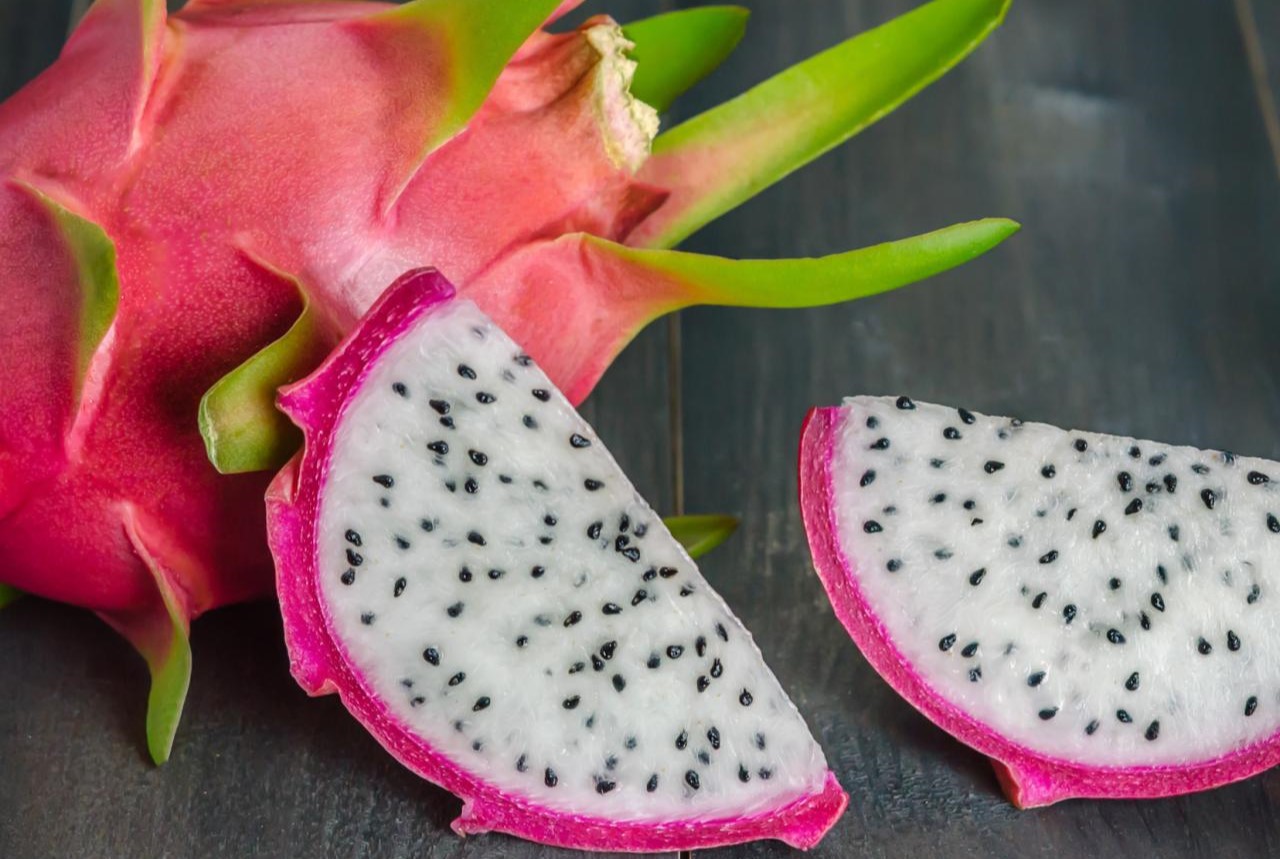
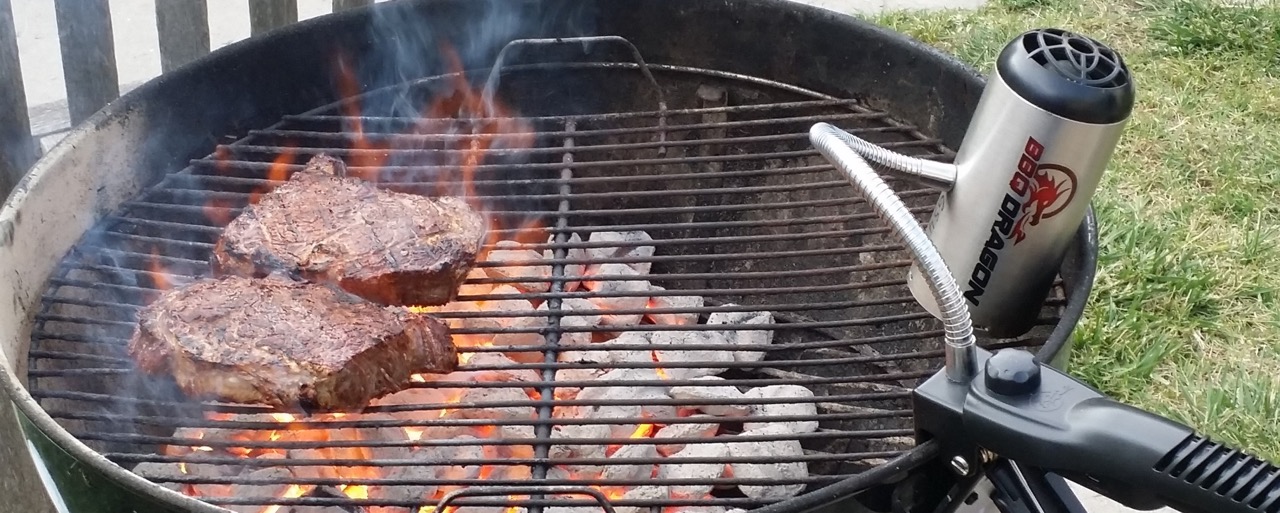

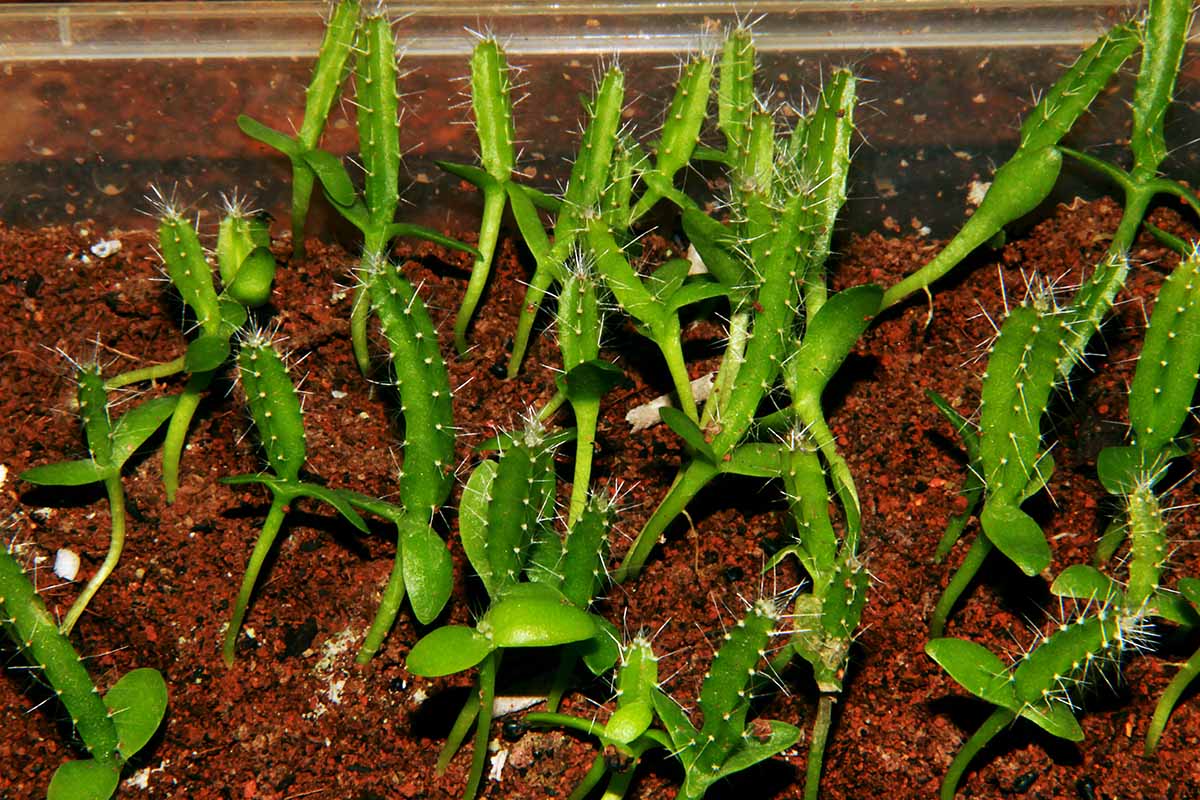
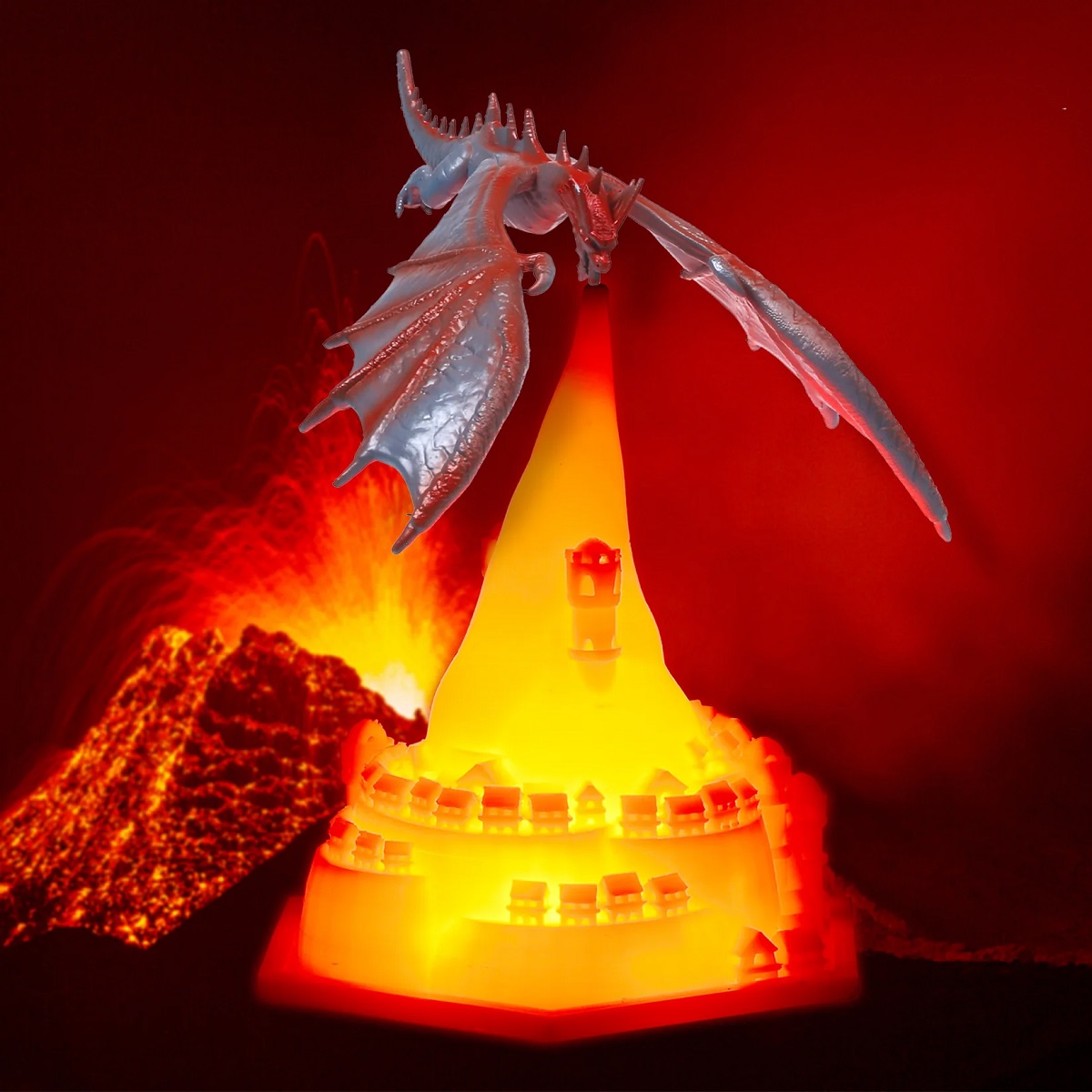



0 thoughts on “How To Store Hornworms For Bearded Dragons”